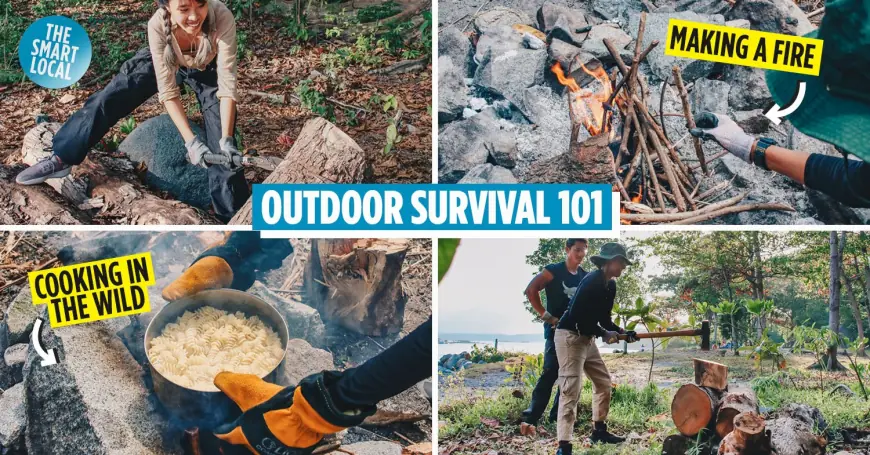Surviving in the Arctic Tundra: Enduring the Coldest Environment
The Arctic tundra, with its freezing temperatures and barren landscapes, represents one of the most inhospitable environments on Earth. Survival here requires not only physical endurance to withstand the cold but also a deep wilderness survival stories understanding of the environment. The challenges of the tundra demand constant adaptation and preparation.
The Extreme Cold of the Arctic Tundra
The Arctic tundra experiences extreme cold, often dipping below -40°F in winter. With wind chill, it can feel even colder. Without adequate clothing and shelter, frostbite and hypothermia can set in quickly. Protecting skin, limiting exposure to the elements, and layering clothing are essential for survival in these conditions.
Finding Shelter in the Tundra
In the Arctic, shelter is vital to protect against the cold, wind, and snow. Survivors can use snow caves, tents, or ice structures to create a safe haven. Ensuring that shelter is insulated and secure from blizzards is essential. A good shelter allows the body to retain heat during long nights.
Hunting and Foraging for Food
Food sources in the Arctic tundra are scarce, and survival often depends on hunting and fishing. Hunting seals, caribou, or small mammals, and fishing through ice are common ways to obtain food. Foraging for edible plants in summer months provides valuable nutrition, though the harsh winter makes food scarce and difficult to find.
Dealing with Darkness and Isolation
In the Arctic, the winter months bring long periods of darkness, making navigation and morale challenging. Survivors must adjust to the lack of sunlight and deal with the psychological toll of isolation. Keeping a routine, staying mentally strong, and focusing on survival goals helps combat the effects of extended darkness.
The Dangers of Arctic Wildlife
While the Arctic tundra may seem desolate, it is home to a variety of wildlife, including polar bears and wolves. These animals can pose threats to those stranded. Understanding animal behavior and taking precautions, such as storing food securely and avoiding confrontations, is vital to prevent dangerous encounters in the wild.
Managing Limited Resources
Surviving in the Arctic means carefully managing limited resources. The cold makes it difficult to store food, and water is often frozen. Rationing food, ensuring firewood supplies last, and conserving energy are crucial strategies. Each decision can have life-or-death consequences, so efficient use of resources is key to survival.
Signaling for Help in the Arctic
If stranded in the Arctic tundra, signaling for rescue is essential. Survivors can use fire, reflective materials, or brightly colored objects to increase visibility. Creating large symbols in the snow or using a flare can help attract attention from search and rescue teams or passing aircraft, boosting chances of survival.
Staying Warm in the Harsh Cold
Keeping warm is a constant battle in the Arctic tundra. Survivors need insulated clothing, sleeping bags, and layers to trap body heat. Making sure to protect extremities, like fingers and toes, from frostbite is critical. Regular movement and shelter are essential to prevent freezing in sub-zero temperatures.
Mental Fortitude in the Arctic Tundra
The Arctic tundra is mentally taxing due to the constant cold, isolation, and limited resources. Survivors must maintain focus, positive thinking, and a will to survive despite overwhelming conditions. Mental fortitude can make the difference between succumbing to the elements and pushing forward with a chance of rescue.
Conclusion: Endurance in the Arctic Tundra
Surviving in the Arctic tundra is a test of endurance bushcraft survival stories, resilience, and resourcefulness. The extreme cold, isolation, and limited food sources demand careful planning and mental strength. With the right knowledge and preparation, individuals can face the challenges of the Arctic and emerge stronger, having endured one of Earth's harshest environments.













